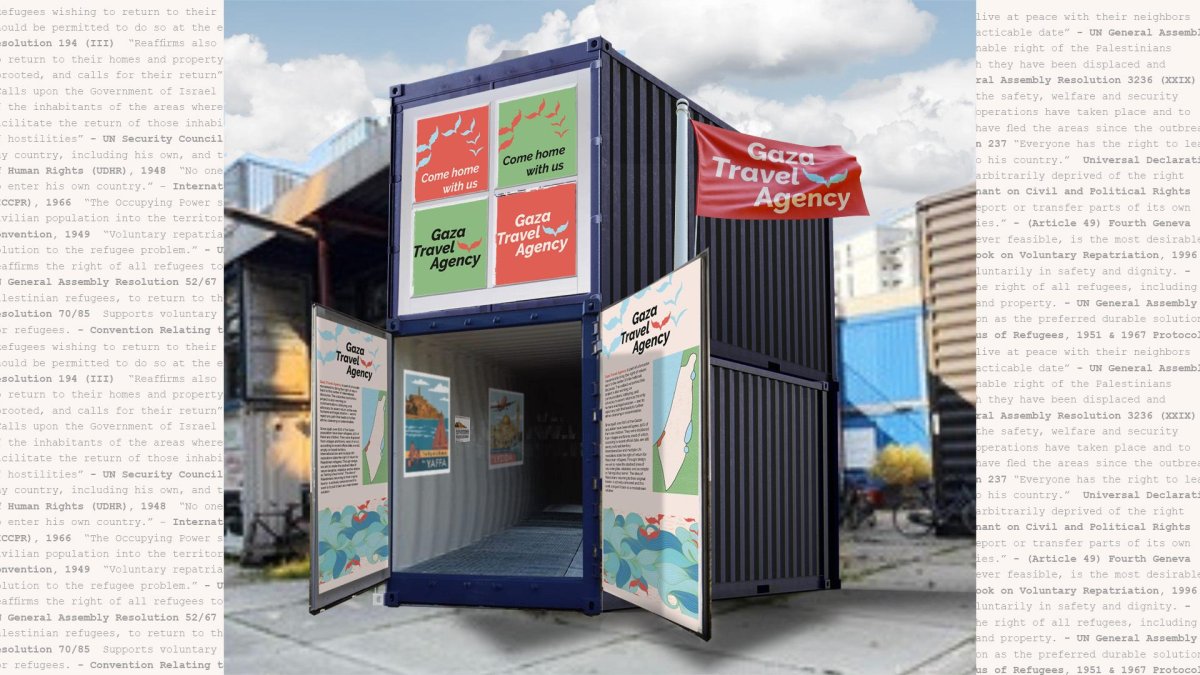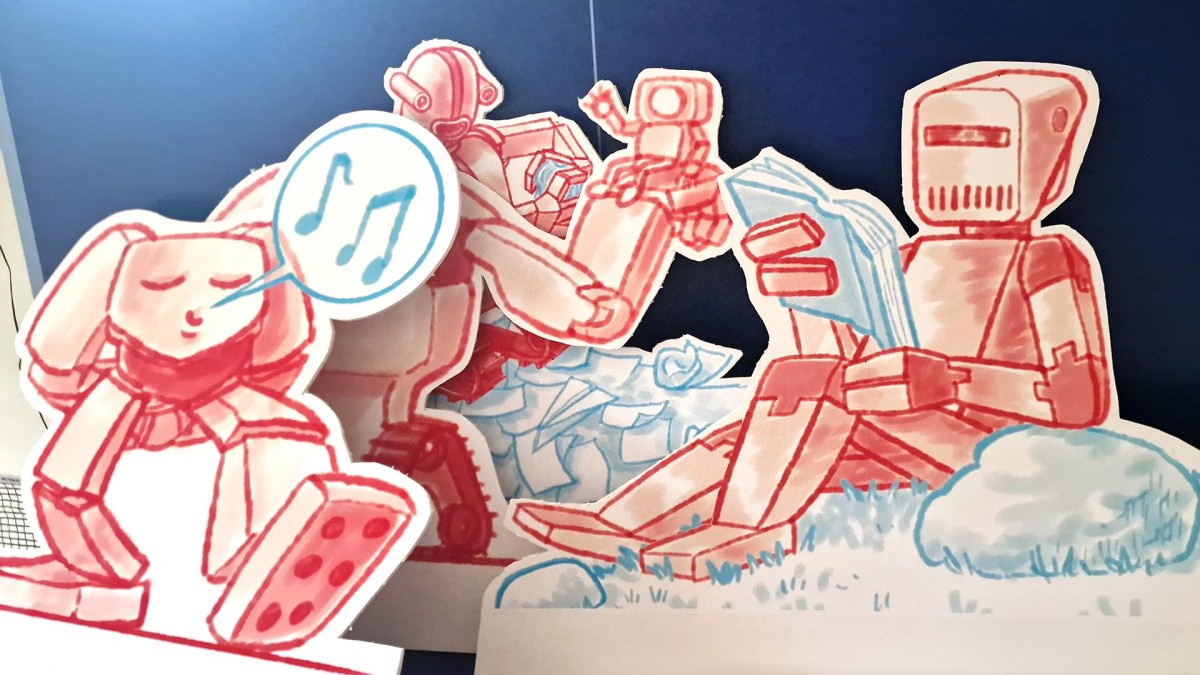Dutch Design Week 2025 is on during 18 - 26 October. The organisers celebrate DDW's 25th edition through: “embracing both reflection and progress with the theme: Past. Present. Possible. An important call to keep room for experimentation”.
More than 300,000 visitors are expected to explore for nine days the “raw ideas, critical questions, and sensory experiences” developed by 2600+ (inter)national young and iconic designers, exhibited in public squares, former factories, and 120+ key locations across the city.
Artificial Intelligence rises at the heart of many DDW creators' proposals aiming to set technology at the service of a society of solidarity and environmental sustainability, such as in the following projects.
Activistic Design Interventions: More empathy from Robots than Humans?
Activistic design interventions combine creative, activistic storytelling with scientific research and humor to create awareness for the issues and needs of others.
In DDW they present their Smart Future Newspaper. The newspaper is published in 2038 and timelines back to 1837, when the first “computer” and program were created. It gives a new vision on Digital Futures, where robots and machines will improve equality by helping humans to get their rightful support from public institutions.
According to the organisers, Christine Dedding and Jochem Galama “developed a positive publication on digital inclusion, with a storyline from the future showing the perspectives of warm, social robots in red and system-obsessed people in blue”.
“Based on a research which showed AI shows more empathy to patients compared to medical doctors, I made the robots red and the humans (that believe in systems) blue” said Christine.
GAZA Travel Agency: Designing routes of return for the refugees of Gaza
Gaza Travel Agency is a collective of Palestinian, Jewish, and international volunteers, presenting in DDW a speculative travel agency to make visible, tangible and hopeful the Right of Return, highlighted as the "Only Humane and Sustainable Possibility".
As stated by the creators of the project: “What connects us is the belief that design can illuminate suppressed narratives, challenge systems of erasure, and create space for justice and dignity. By mobilizing design in this way, we aim to stand in solidarity with the people of Gaza and contribute to broader struggles for liberation and decolonization.”

Today, over 75% of Gazans are refugees, and half of them are children, many displaced from places that remain uninhabited within Israeli territory, the Gaza Travel Agency transforms this suppressed history into an imaginative but plausible future.
The installation is inspired by historian Dr. Salman Abu Sitta’s practical plans for repatriation. It invites visitors to step into an imaginary travel agency, where routes, destinations, and emotions of return can be explored. Rather than debate, the installation creates space to visualize the simple, human act of “taking a bus home,” shifting the narrative from impossibility and despair toward hope, belonging, and peace.
GROWinK: Living prints that return to nature as part of a regenerative life cycle.
Every year, billions of square meters of printed materials made with toxic petroleum-based inks end up in landfills, harming ecosystems and worsening climate change.
GROWink designers have created living bio-inks, which combine fungi and bacteria to create self-decomposing, regenerative prints. This living ink not only adds color but also carries the biological machinery to return synthetic waste to the earth.
The designers harness the natural symbiosis between fungi and bacteria to develop a unique living ink system. Embedded within these inks are dormant bacterial spores. These spores activate only under specific conditions such as moisture and warmth, typically found in landfill environments, and they transform print waste into a regenerative, biodegradable cycle.
Instead of lasting indefinitely as waste, GROWinK prints evolve over time. This shift from static, permanent visuals to transient, living messages reframes print as part of a regenerative life cycle. It encourages designers and users to reconsider their relationship with materials and waste, promoting sustainability through intentional, purposeful impermanence that nurtures the earth rather than polluting it.
Find more and book your visit to Dutch Design Week
here









